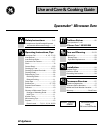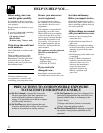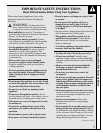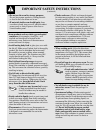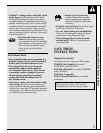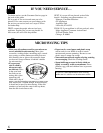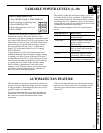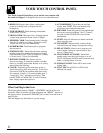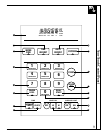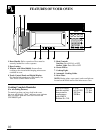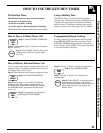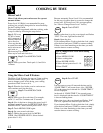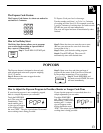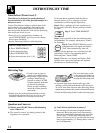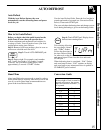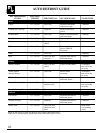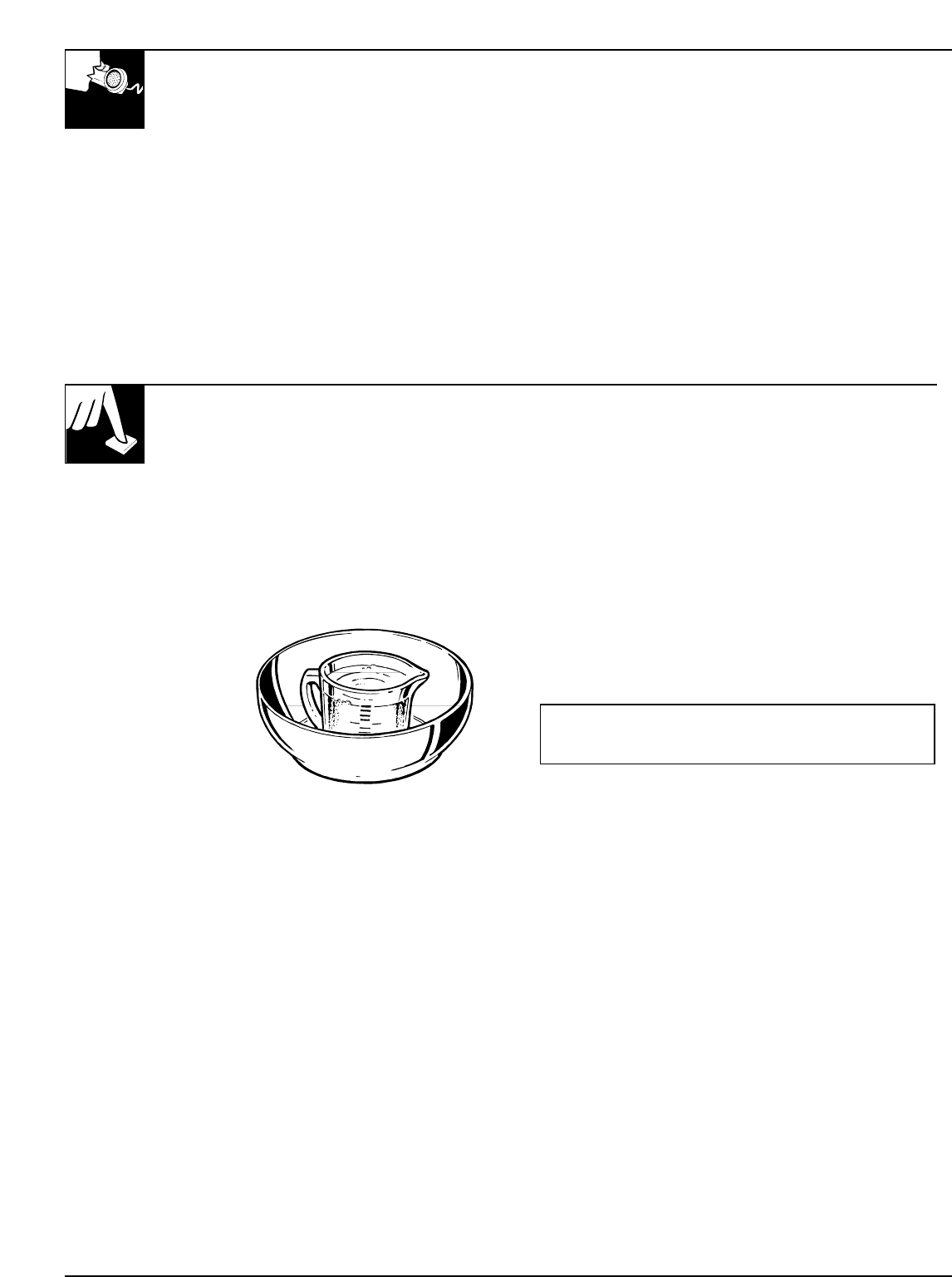
6
IF YOU NEED SERVICE…
• Make sure all cookware used in your microwave
oven is suitable for microwaving. Most glass
casseroles, cooking dishes, measuring cups, custard
cups, pottery or china dinnerware which does not
have metallic trim or glaze with a metallic sheen
can be used. Some cookware is labeled “suitable
for microwaving.”
• If you are not
sure if a dish is
microwave-safe,
use this test: Place
in the oven both
the dish you are
testing and a glass
measuring cup
filled with 1 cup of
water—set the measuring cup either in or next to the
dish. Microwave 1 minute at high. If the dish heats,
it should not be used for microwaving. If the dish
remains cool and only the water in the cup heats,
then the dish is microwave-safe.
• Paper towels, waxed paper and plastic wrap
can be used to cover dishes in order to retain
moisture and prevent spattering. Be sure to vent
plastic wrap so steam can escape.
• Some microwaved foods require stirring, rotating
or rearranging. Check the Cooking Guide.
• Steam builds up pressure in foods which are
tightly covered by a skin or membrane. Pierce
potatoes, egg yolks and chicken livers to prevent
bursting.
If you use a meat thermometer while cooking,
make sure it is safe for use in microwave ovens.
To obtain service, see the Consumer Services page in
the back of this guide.
We’re proud of our service and want you to be
pleased. If for some reason you are not happy with
the service you receive, here are 3 steps to follow
for further help.
FIRST, contact the people who serviced your
appliance. Explain why you are not pleased. In
most cases, this will solve the problem.
NEXT, if you are still not pleased, write all the
details—including your phone number—to:
Manager, Consumer Relations
GE Appliances
Appliance Park
Louisville, KY 40225
FINALLY, if your problem is still not resolved, write:
Major Appliance Consumer Action Panel
20 North Wacker Drive
Chicago, IL 60606
MICROWAVING TIPS



